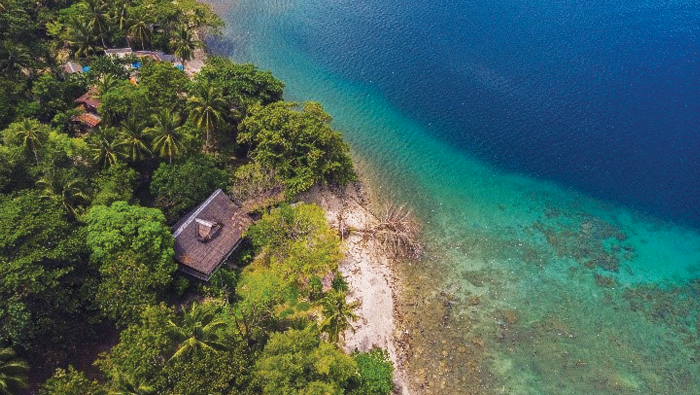
Muscat: The Philippines Department of Tourism is reaching out to Oman and the Middle East’s outbound travel industry with new cultural and eco-tourism offerings, the authority recently announced.
Daks Fernandez Gonzales, Head, Office of Product and Market Development for India and the Middle East, Philippines Department of Tourism, said, “The Philippines is world renowned for its idyllic beach locations, shopping and for being fun.”
“By introducing the various cultural experiences on offer, along with eco-tourism elements, we hope Middle Eastern visitors will return time and again to explore more of what the Philippines has to offer from a cultural perspective that not only supports sustainable tourism for our communities, but is a great experience for families and avid travellers alike.”
Figures published by the department showed 7.66 per cent more tourists from Oman vacationing in the Philippines in September 2018 compared to the same period in 2017. Year-on-year growth in tourism from Oman was also recorded from January-July 2018, with 1,673 people from Oman visiting the Philippines, an increase of 2.95 per cent.
The department will aim at boosting these figures by offering visitors the opportunity to discover local villages, traditional communities, and the nation’s rich cultural diversity.
Filipinos in Oman were delighted with the news. Roland Leaño, Chairman of Pinoy Ballers of Oman, said, “I think it’s a good idea, as it will not only contribute to the economy but also to the longstanding relationship between the Philippines and the Middle East.”
“There is a lot to experience in the Philippines. There are so many beautiful places such as Boracay, the islands and beaches of the south, as well as the Bicol region, which has a famous cone-shaped volcano.”
“There is also the linguistic and ethnic diversity of the Philippines that would be very interesting for tourists. It is something we as Filipinos are very proud of and would love to share with others. Bringing more tourists to these areas would help these tribes maintain their local culture and provide them with an important source of income,” said Leaño.
James, a Filipino based in Muscat, added, “I believe it is a good initiative. This type of bilateral engagement will definitely ensure that visitors to our country get to make the most of their time.”
Home to 7,107 islands and more than 175 ethnolinguistic groups, the department is aiming to boost tourism through first-hand experiences involving heritage, folklore, traditions and crafts of each local community.
Among the many trips proposed by the department are visits to seafaring tribes that have maintained their centuries-old way of life. This includes the Badjao of the Sulu Islands, renowned for their artistically-woven cloth and colorful sails. The Muslim-majority Badjaos are also popular for their traditional songs and dance, just like the Lumad, who also reside in Southern Philippines.
Those looking to join their own Filipino tribe will not have to look far, with the tribal village of Tagbaobo, less than two hours from Davao City, accepting all those who want to become members.
In the far north of the country, over 1,000 kilometres away, is another ethnic group renowned for their traditional way of life. The Igorots, comprising many tribes residing in the Cordillera mountain range, are the creators of one of the most famous attractions in the region, the legendary Banaue Rice Terraces.
Alongside popular sites such as Palawan, the department is also aiming to combine cultural tours with highlights of the natural environment in the Philippines through activities such as snorkelling in its crystal clear waters and zip lining through the jungle.